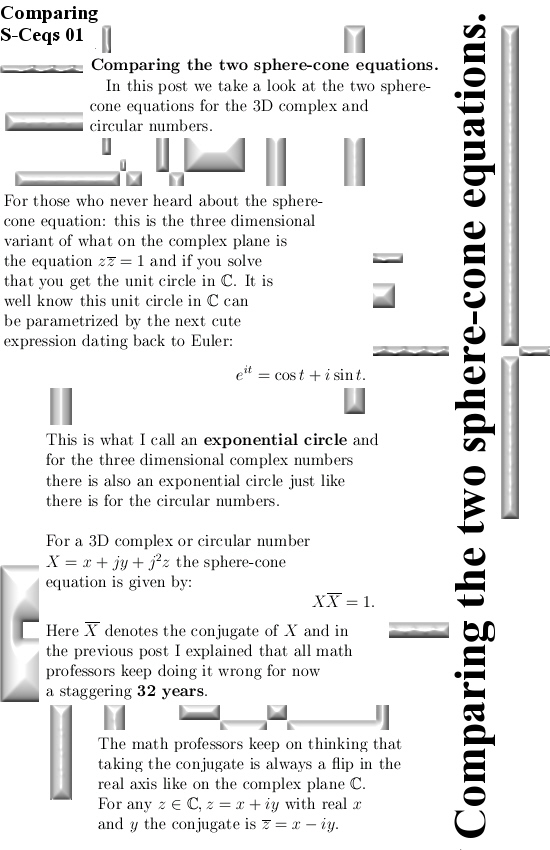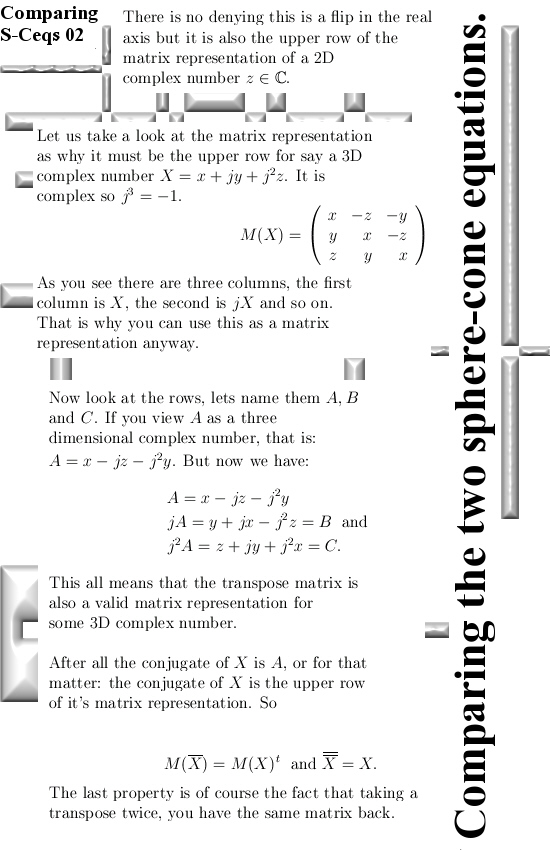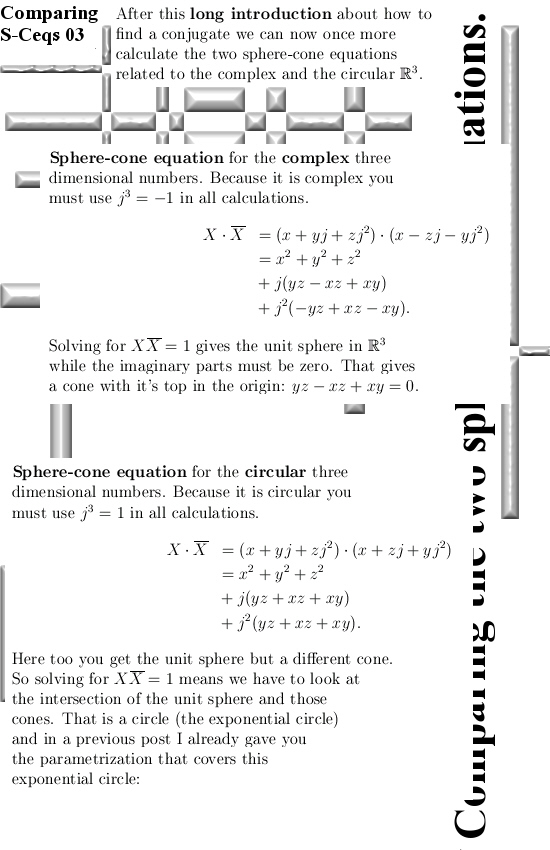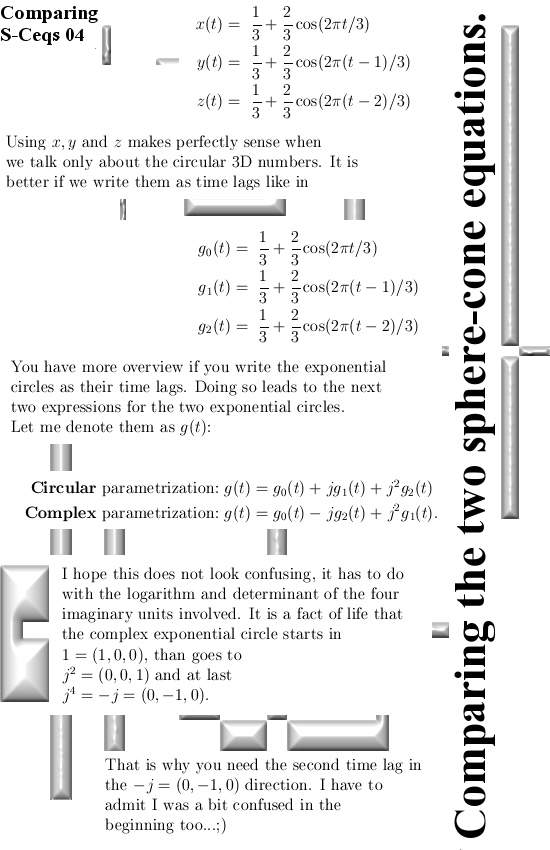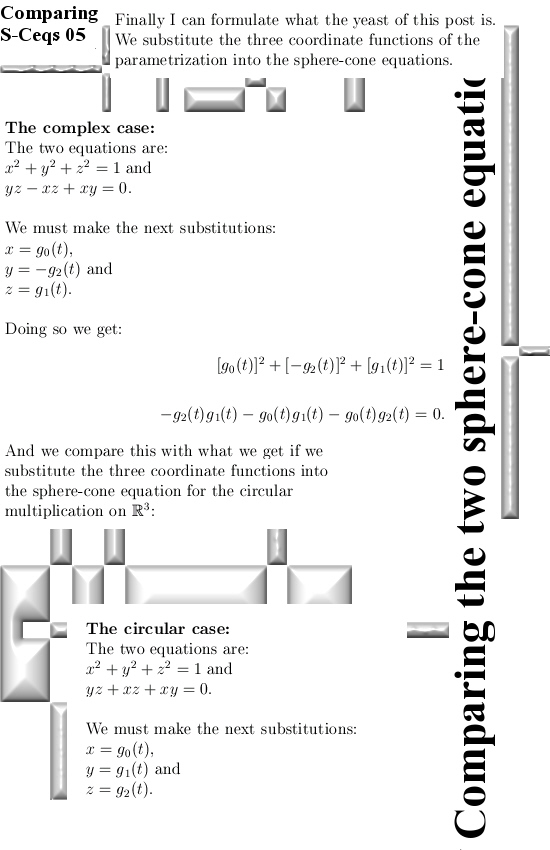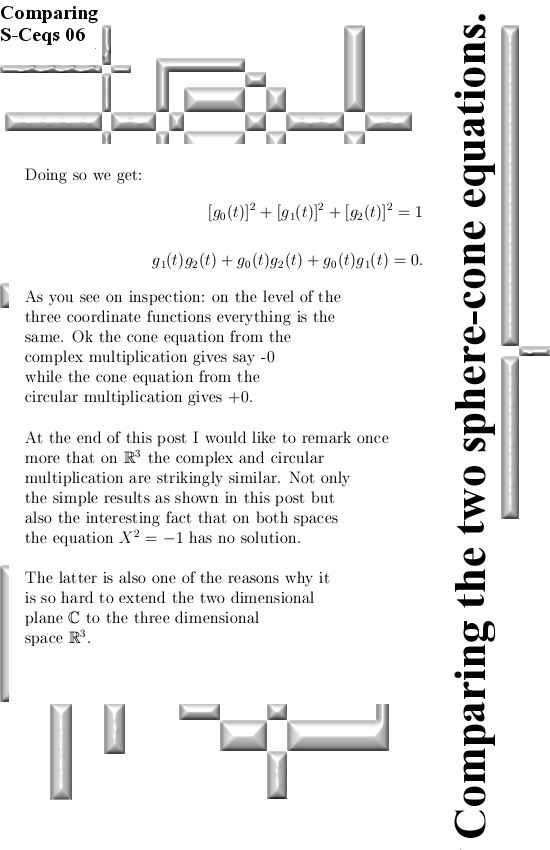The first video is very simple, a bit on the high school plus level, but it is well made. The reason I post is that it has a very good explanation as why electrons are viewed as point particles. I had never heard of this explanation and it goes more or less like this:
If the electron had some kind of hard kernel, in that case if you shoot them fast enough into each other they will bounce differently.
This is based on the assumption that at low energies two colliding electrons will not touch each other. It seems that this kind of behaviour keeps on going on at high collision energies.
Another detail that is interesting are questions about the size of an electron. In this video a number like smaller then 10 to the minus 18 cm is mentioned. Since I think that if it is true that electrons are ‘tiny magnets’ so they are bipolar in the magnetic sense, they cannot be accelerated by magnetic fields in a significant manner.
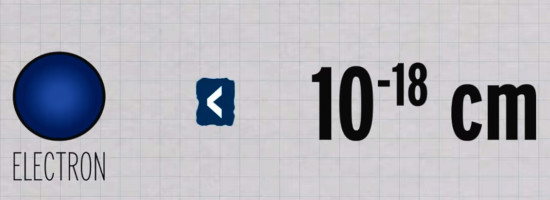
The physics professors think that a non constant magnetic field can accelerate an electron. Non constant can mean it varies over time, varies over space or both. If you apply a magnetic field to such a bipolar electrons, say if the north pole of the electron is repelled by that, the other side of the electron must feel an attractive force. The difference should account for the acceleration of the electron.
Lets do an easy calculation: Using the radius being this 10^-18 cm or 10^-20m, the density of an electron is about 2.2 times 10^29 kg per cubic meter of ‘electron stuff’. Suppose we have a ball shaped electron with a volume of one cubic meter thus it has a mass of 2.2 times 10^29 kg, it’s radius is about 60 cm.
So the diameter of our superlarge electron is about 120 cm and it has this rediculous huge mass. Do you think you can accelerate this thing with a magnetic field that has some nonzero gradient?
There are so many problems with the model of the electron being a magnetic dipole. Why should electrons ‘anti align’ themselves with an applied magnetic field? That is strange because they gain potential energy with that. That is just as strange and crazy as the next example:
You have a bunch of stones, one by one you grab them and hold them still in place. You let them loose. Some fall to the ground, the others fly up.
This never happens because nature has this tendency to lower the potential energy.
Another problem is that it is known that the electron pair is magnetically neutral. The ‘explanation’ is that the two electrons have opposite spin and ‘therefore’ cancel each other out. That is a stupid explanation because if it is true that the electron is a bipolar magnetic thing it should be magnetically neutral to begin with.
The second video is from Brian Keating, Brian is an experimental physics guy. This is one of those ‘Where are the magnetic monopoles’ videos that people who like to demenstrate they are dumb post on Youtube and the likes. It makes me wonder: What the hell are they doing with our taxpayer money? The concept of a magnetic monopole is just plain fucking stupid; it is a particle with no electric charge but only one of the two possible magnetic charges.
Why is this fucking stupid? Just look at the electron: if their fairy tales are true, the electron is an electric monopole and a magnetic dipole. If I would look to some dual version of an electron and have drunk lots of beer I would propose a particle that is an electric dipole but also a magnetic monopole.
You never hear those physics people talk about that, it is always that stupid talk of where are the magnetic monopoles or if there is just one magnetic monopole in every galaxy it is ok. What I consider the weirdest thing that if you advertise the electron as a magnetic dipole, should you not give a tiny bit of experimental validation for this? But no, Brian has no time for such considerations.

So where are all the magnetic monopoles? If my view on magnetism is correct they are in every electron pair that holds your body together.
Ok, lets leave this nonsense behind. Don’t forget people like this might be infuential but they are too stupid to understand only the smallest part of say three dimensional complex numbers.
End of this post.
